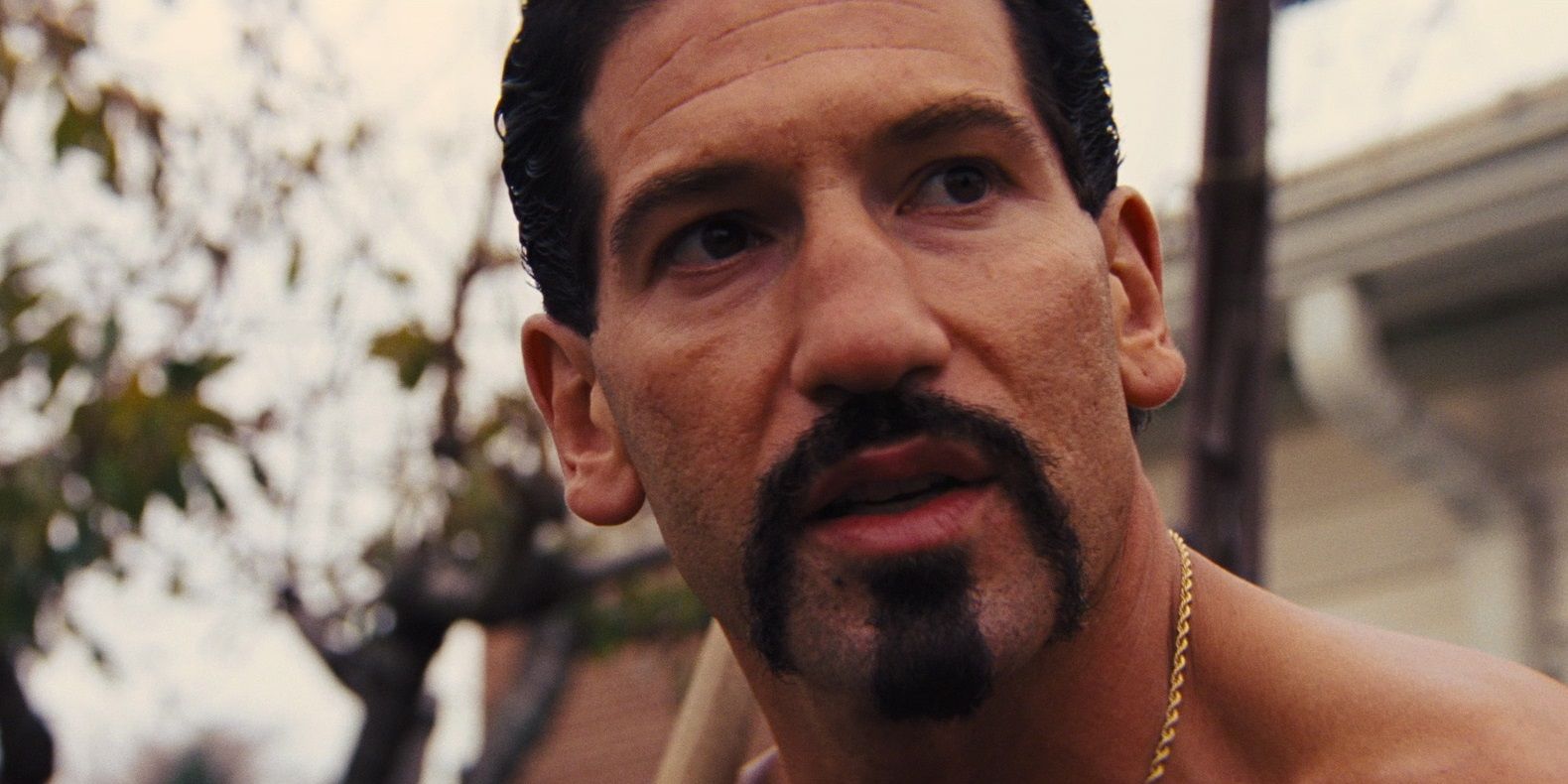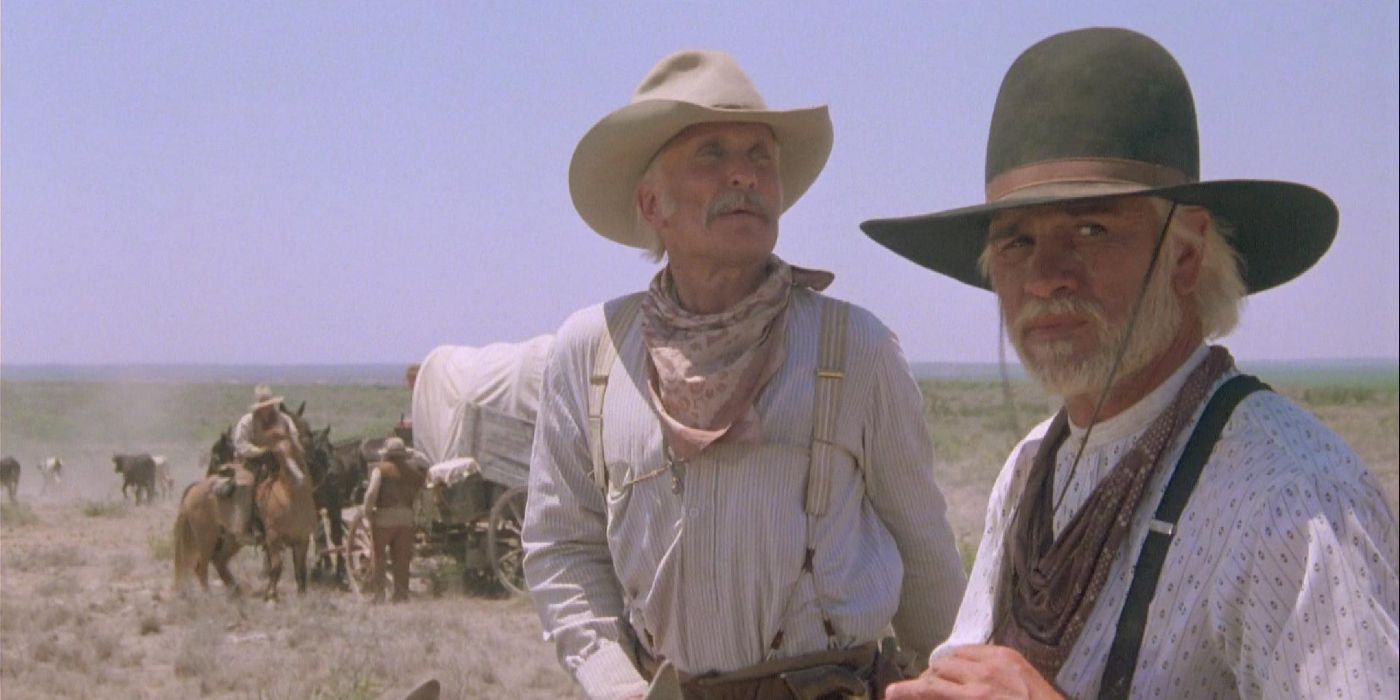“Sell me this pen” is one of the most iconic lines in movie history — here is what it means in The Wolf of Wall Street‘s sales scene and how it compares to the real Jordan Belfort’s sales philosophies. Based on Jordan Belfort’s memoir, The Wolf of Wall Street is jampacked with several memorable scenes that, even to this day, are used as meme material. By featuring everything from a bizarre Matthew McConaughey three-minute sequence to a never-seen-before mile-high-club scene, the Martin Scorsese movie never leaves a dull moment.
However, in all of these moments, the one that specifically stands out is when Leonardo DiCaprio’s Jordan Belfort asks Chester Ming to sell him a pen. The scene is more notable than all the others because it holds immense narrative significance in The Wolf of Wall Street‘s overarching storyline. Not only does it highlight how Belfort pulls off his pump-and-dump scheme but also brings his narrative in full circle towards the end of the movie.
What Jordan Belfort’s “Sell Me This Pen” Question Means In Wolf Of Wall Street

In The Wolf of Wall Street, Leonardo Di Caprio’s Jordan Belfort famously asks the “sell me this pen” question to many individuals. The core idea behind the question is that for generating sales, a salesman’s pitch matters a lot more than the product. A salesman who hacks into the minds of his customers can sell something as simple as a basic pen. The question highlights how persuasion is an art that most individuals fail to understand. To put this on full display, Belfort asks several people to sell him a simple pen. As expected, most people responded to his question by explaining the features of the pen.
For instance, in The Wolf of Wall Street‘s ending scene, Belfort hosts a seminar and asks a man in the audience to sell him a pen. The man tells him it is “an amazing pen” made for professionals. Dissatisfied with the response, Belfort moves on to another man, asking him the same question, only to get another similar answer. While the symbolism behind this closing scene has multiple layers, Belfort’s discontentment towards everyone’s answers shows how he expects individuals to dig into something more fundamental and intrinsic to human nature to sell him the pen instead of merely citing him the qualities of the pen.
The Wolf Of Wall Street’s “Correct” Answer: How Jordan Belfort Sells The Pen

An early scene in The Wolf of Wall Street reveals what Leonardo DiCaprio’s Jordan Belfort expects someone to say when he asks his pen-seeling question. In this scene, Chester Ming (Kenneth Choi) confidently claims he can sell anything. However, when Belfort catches him off-guard and asks him to sell a pen, he comes up with excuses to avoid the question. Realizing that only one man on the table can effectively sell it to him, Belfort directs the same question toward Jon Bernthal’s Brad Bodnick. Without hesitation, Bodnick asks him to write his name down on a napkin.
When Belfort says he does not have a pen to write his name, Bodnick passes him the pen saying, “supply and demand, my friend.” This scene establishes that Jordan Belfort, like most people, does not care about the product. He cares about how a salesman creates a sense of demand among his customers to ensure they buy his product or service. When there is an existing demand for a product, a customer would automatically be inclined to buy it, creating an equilibrium between the demand and the supply.
However, for a product like a pen, which exists in a competitive market, a salesperson must create a false sense of demand for buyers before supplying to them. By asking Belfort to write his name on a napkin without a pen, Bodnick gives a fundamental example of how one can create this false sense of demand. In macroeconomics, the law of supply and demand is more nuanced, but from an elementary standpoint, Belfort’s sales strategy captures the essence of how markets function. He used similar high-pressure sales tactics to convince investors to buy stocks and manipulate their prices.
The Real Jordan Belfort Disagrees With The Wolf Of Wall Street’s Pen Sale Answer

In an interview (via The Globe & Mail), the real Jordan Belfort explained how he does not wholly agree with The Wolf of Wall Street‘s answer to the pen sale question. He said that only a seasoned salesperson would know that before making any effort to sell a product to a buyer, one must first understand the buyer’s needs. Once a salesperson figures out their customer’s needs, they can fulfill that need by providing a relevant product. The real Jordan Belforst’s explanation establishes that his approach, too, stems from the basic supply and demand concept mentioned in The Wolf of Wall Street, though it adds an interpersonal touch to it.
Sources: The Globe & Mail





